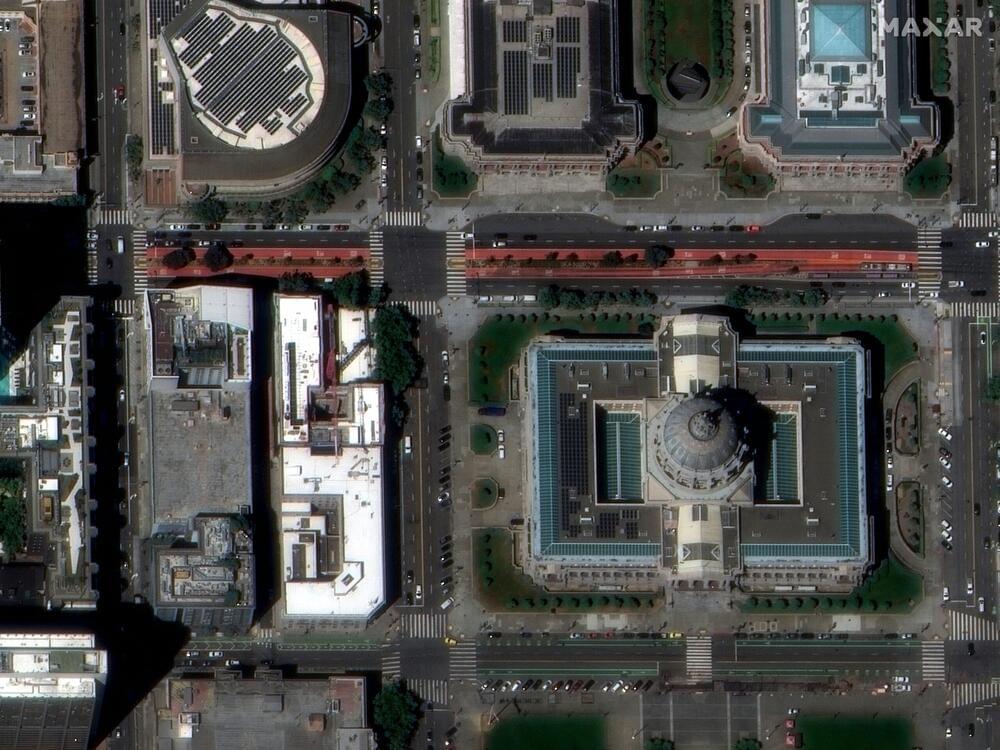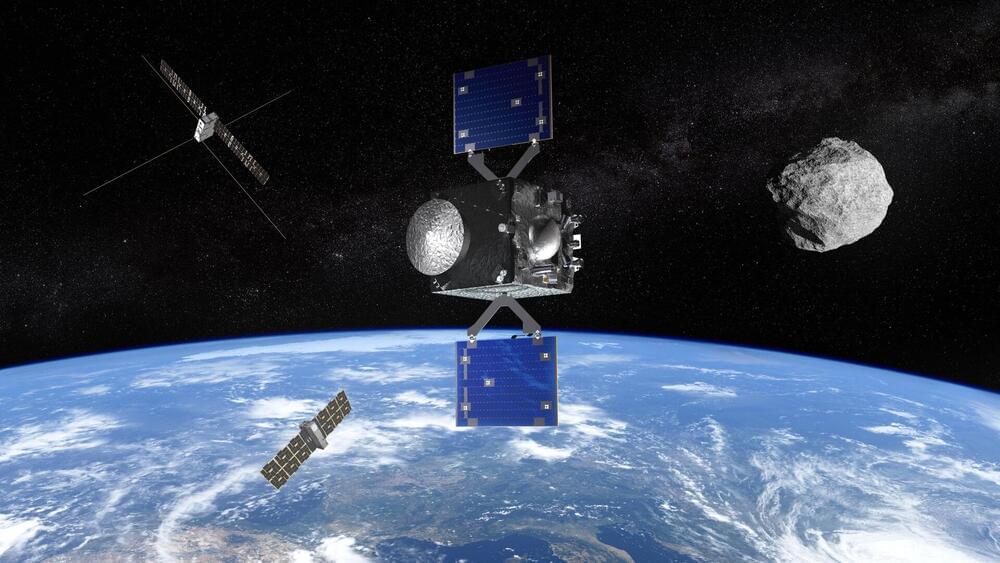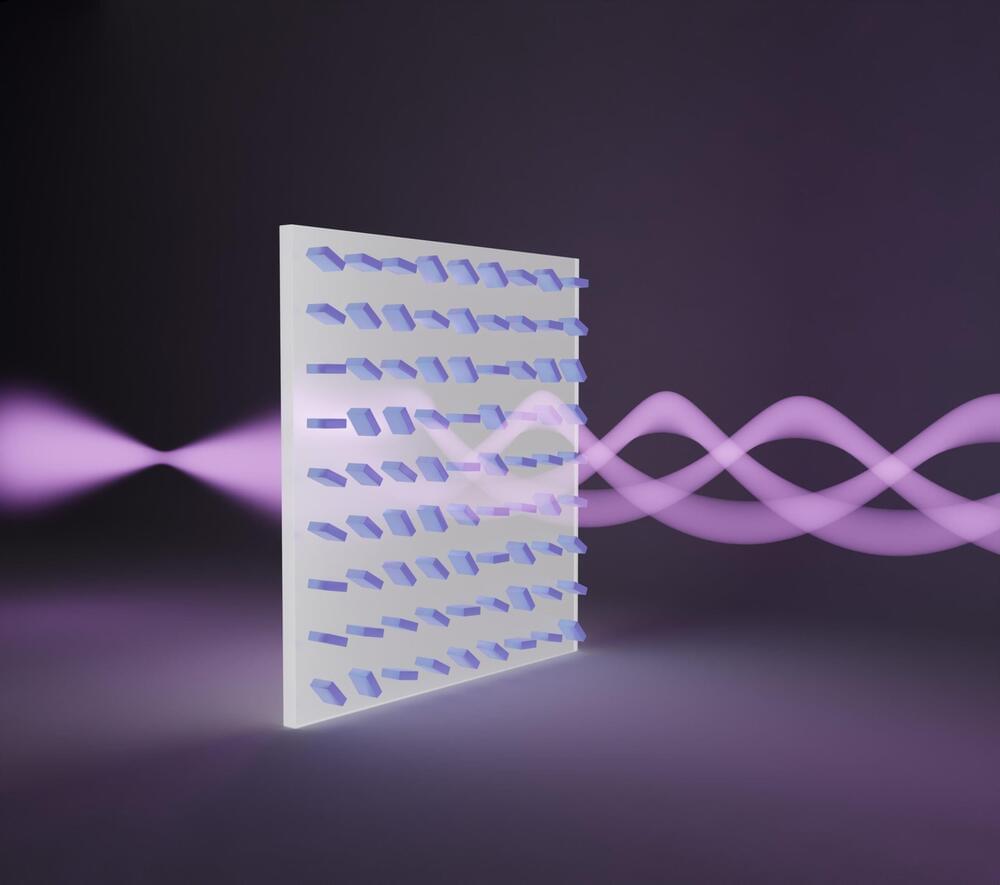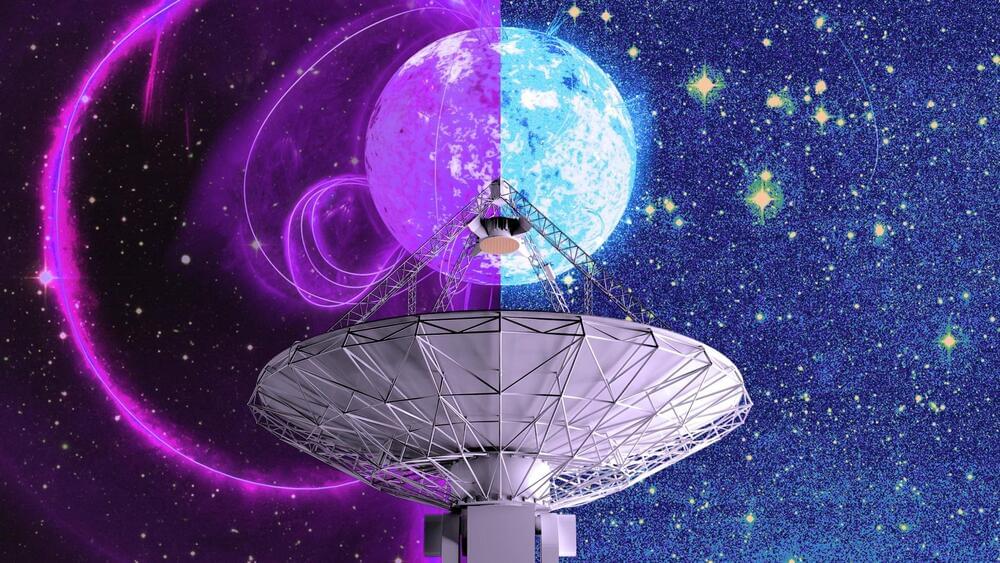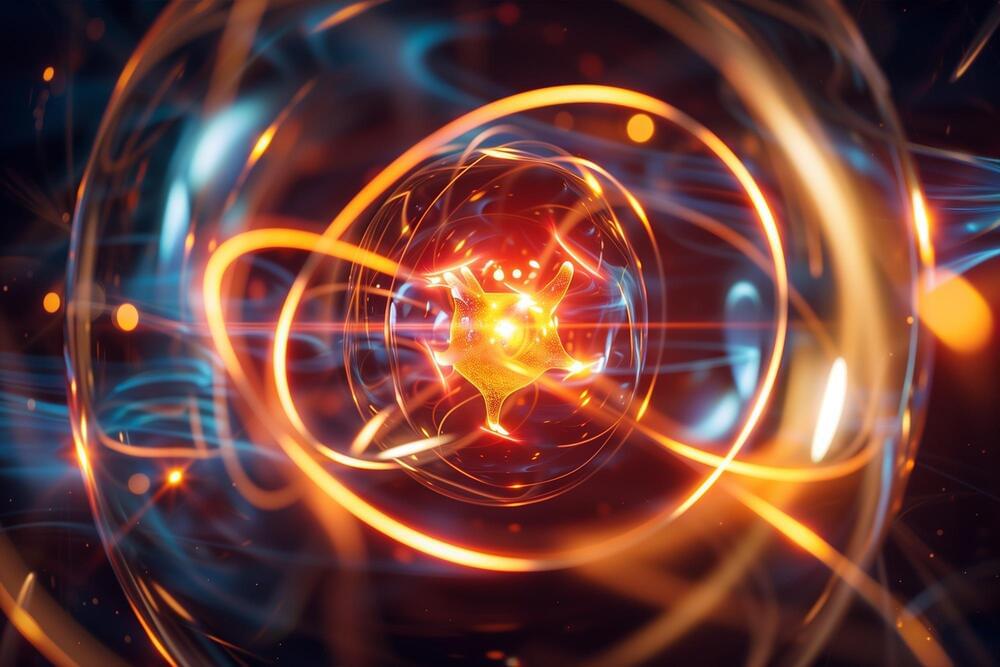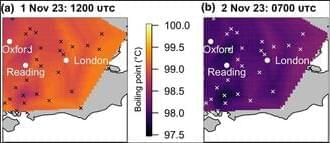Page 911
Jul 21, 2024
Maxar Intelligence unveils first images from next-generation WorldView Legion satellites
Posted by Saúl Morales Rodriguéz in category: satellites
WASHINGTON — Maxar Intelligence, a provider of geospatial intelligence and Earth observation services, on July 18 released the first images from its WorldView Legion satellites. The inaugural pair of these advanced Earth observation satellites were launched on May 2 from Vandenberg Space Force Base in California.
WorldView Legion is Maxar’s latest constellation of high-resolution Earth imaging satellites, designed to increase the company’s imaging capacity and revisit rates. These satellites are capable of collecting 30 cm-class imagery, providing detailed views of the Earth’s surface for a wide range of applications, from defense and intelligence to urban planning and disaster response.
Maxar said the commissioning and calibration process for the first two WorldView Legion satellites is still under way.
Jul 21, 2024
ESA supports work on Apophis mission
Posted by Saúl Morales Rodriguéz in categories: asteroid/comet impacts, existential risks
BUSAN, South Korea — The European Space Agency will allow a proposed mission to the asteroid Apophis to proceed to a next stage of development to keep it on schedule even though it is not yet fully funded.
ESA announced July 16 that its space safety program, which includes planetary defense, has given the Ramses mission permission to begin preparatory work for the mission, which is designed to visit Apophis before that asteroid makes a very close flyby of Earth in April 2029.
Ramses, or Rapid Apophis Mission for Space Safety, would use the same spacecraft bus as ESA’s Hera mission, scheduled to launch this October to visit the asteroid Didymos, whose moon Dimorphos was the target of NASA’s DART mission to deflect its orbit. Ramses will carry two cubesats for additional studies of the asteroid.
Jul 21, 2024
Not Science Fiction: Researchers Have Developed Metasurface Tractor Beams
Posted by Saúl Morales Rodriguéz in categories: biotech/medical, nanotechnology, tractor beam
Researchers at TMOS have developed a metasurface-enabled solenoid beam that can pull particles towards it, potentially revolutionizing non-invasive medical procedures like biopsies. This technology, which uses a thin layer of nanopatterned silicon, offers a lightweight, portable alternative to the bulky equipment previously required for such beams. Credit: University of Melbourne.
Researchers at TMOS, the ARC Centre of Excellence for Transformative Meta-Optical Systems, have made a significant initial advancement in creating tractor beams enabled by metasurfaces. These beams of light, capable of drawing particles towards them, are inspired by the fictional tractor beams seen in science fiction.
In research published in ACS Photonics, the University of Melbourne team describes their solenoid beam that is generated using a silicon metasurface. Previous solenoid beams have been created by bulky special light modulators (SLMs), however, the size and weight of these systems prevent the beams from being used in handheld devices. The metasurface is a layer of nanopatterned silicon only about 1/2000 of a millimeter thick. The team hopes that one day it could be used to take biopsies in a non-invasive manner, unlike current methods such as forceps that cause trauma to the surrounding tissues.
Jul 21, 2024
Cosmic Slowpoke: The Neutron Star That Defies Speed Limits
Posted by Saúl Morales Rodriguéz in category: space
A newly discovered neutron star, found by an international team using the ASKAP radio telescope, spins every 54 minutes, making it the slowest of its kind.
This discovery could alter scientific theories about neutron stars and white dwarfs, emphasizing the need for more research to understand their emission properties and evolutionary paths.
Astronomers have detected what they believe to be a neutron star spinning at an unprecedentedly slow rate — slower than any of the more than 3,000 radio-emitting neutron stars measured to date.
Jul 21, 2024
Black Holes: Not Destroyers but Protectors
Posted by Saúl Morales Rodriguéz in category: cosmology
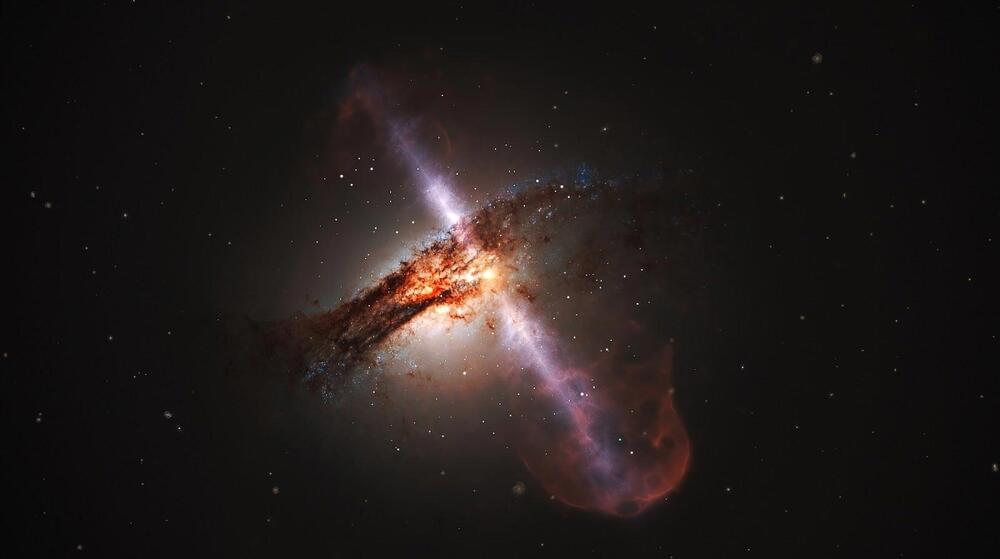
A study has revealed that galaxies possess a regulatory mechanism similar to a heart and lungs, which controls their growth by limiting gas absorption.
This mechanism, involving a supermassive black hole and its jet emissions, prevents galaxies from expanding too rapidly, ensuring their longevity and preventing premature aging into “zombie” galaxies.
Continue reading “Black Holes: Not Destroyers but Protectors” »
Jul 21, 2024
Breaking Barriers in Nuclear Fusion: How Neutron Migration Could Change Everything
Posted by Saúl Morales Rodriguéz in categories: computing, cosmology, nuclear energy, physics
Low-energy nuclear fusion reactions are influenced by the migration of neutrons and protons between fusing nuclei and their isospin compositions. Research conducted using high-performance computational models has shown the importance of isospin dynamics and nuclear shapes, particularly in asymmetric, neutron-rich systems, revealing significant implications for nuclear physics and potential energy applications.
Low-Energy Nuclear Fusion
Low-energy nuclear fusion reactions can potentially provide clean energy. In stars, low-energy fusion reactions during the stages of carbon and oxygen burning are critical to stellar evolution. These reactions also offer valuable insights into the exotic processes occurring in the inner crust of neutron stars as they accumulate matter. However, scientists do not fully understand the underlying dynamics governing these reactions.
Jul 21, 2024
Cambridge Study Reveals Mindfulness Can Trigger Profound Altered States of Consciousness
Posted by Saúl Morales Rodriguéz in categories: biotech/medical, neuroscience
Mindfulness training may cause altered states of consciousness, including disembodiment and unity, according to a University of Cambridge study. While often positive, these experiences can sometimes be unsettling. Awareness and open communication about these potential side effects are essential for both teachers and students.
A new study from the University of Cambridge suggests that participants in mindfulness training may undergo altered states of consciousness, experiencing sensations of disembodiment and unity.
The team says that while these experiences can be very positive, that is not always the case. Mindfulness teachers and students need to be aware that they can be a side-effect of training, and students should feel empowered to share their experiences with their teacher or doctor if they have any concerns.
Jul 21, 2024
Storm Ciarán’s effect on the boiling point of water in the southeast of the United Kingdom
Posted by Saúl Morales Rodriguéz in categories: biotech/medical, computing, information science
Optical spectrometers are versatile instruments that can produce light and measure its properties over specific portions of the electromagnetic spectrum. These instruments can have various possible applications; for instance, aiding the diagnosis of medical conditions, the analysis of biological systems, and the characterization of materials.
Conventional spectrometer designs often integrate advanced optical components and complex underlying mechanisms. As a result, they are often bulky and expensive, which significantly limits their use outside of specialized facilities, such as hospitals, laboratories and research institutes.
In recent years, some electronics engineers have thus been trying to develop more compact and affordable optical spectrometers that could be easier to deploy on a large-scale. These devices are typically either developed following the same principle underpinning the functioning of conventional larger spectrometers or via the use of arrayed broadband photodetectors, in conjunction with computational algorithms.
Jul 21, 2024
New dawn for space storm alerts could help shield Earth’s tech
Posted by Saúl Morales Rodriguéz in category: space
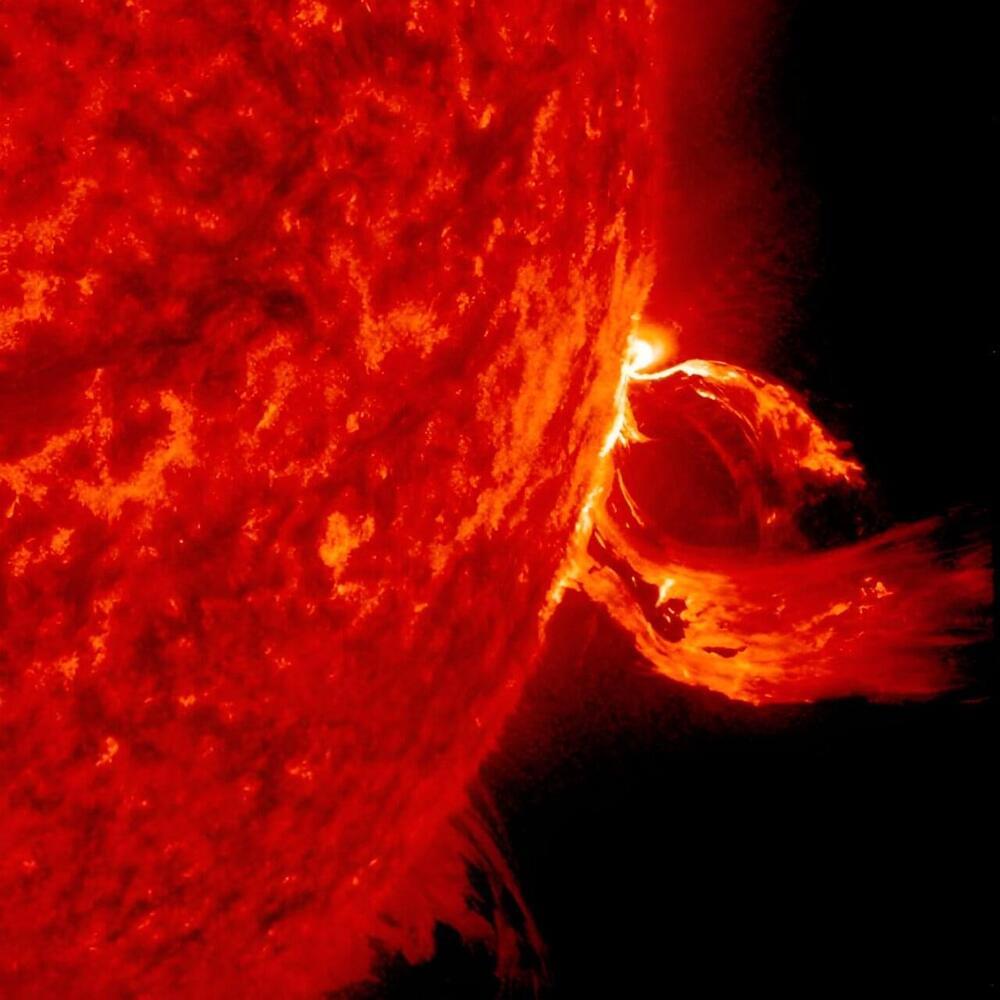
Space storms could soon be forecast with greater accuracy than ever before thanks to a big leap forward in our understanding of exactly when a violent solar eruption may hit Earth.

